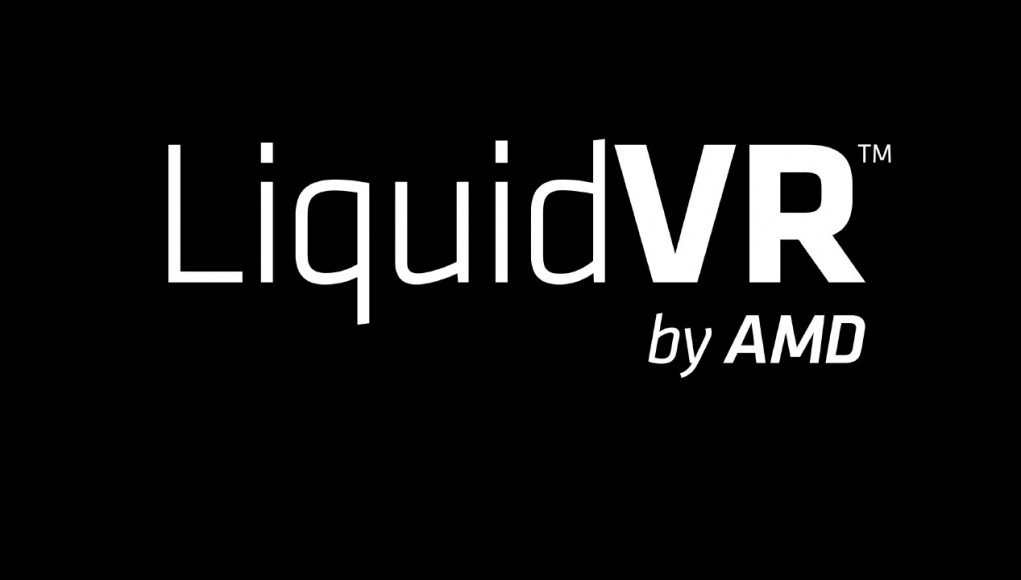Layla Mah is the lead architect of virtual reality and advanced rendering at AMD. She talks about AMD’s LiquidVR technology built to help bring comfort, compatibility and content to virtual reality. VR requires a lot of graphics processing resources, and Layla has been looking at different architectures, scaling strategies, and display technologies that can meet the growing graphic processing demands. AMD is not only making sure that VR can work out of the box today, but also continuing to innovate in order to meet the growing graphics demands of VR over the next 5-10 years. She talks about some of the GPU hardware innovations, multi-GPU strategies, overcoming the limits of LCD displays with virtual retina displays and digital lightfield technologies, as well as how the game engine will need to evolve in order to handle up to 16 GPUs.
LISTEN TO THE VOICES OF VR PODCAST
Audio PlayerLayla Mah thinks a lot about the future of virtual reality and how to solve the exponentially increasing graphics processing demands to drive a 90 Hz display across two eyes, which amounts to 180 images per second at a resolution of 2160×1200. She says that the brute-force approaches that are taken today are not that sustainable as the displays move to 4K and 8K resolutions. She says the most important thing is to not drop frames, and so AMD is collaborating with content creators to debug their CPU and GPU piplelines in order to consistently hit the 90Hz spec.
Layla also points out that LCDs have evolved from the scan line approach of CRT monitors, and that a lot of the cables and hardware has been architected around the assumption that there will need to be a single frame with all of the data that’s updated at 90 frames per second. When looking to scale out to as many as 16 GPUs, then there are diminishing returns and inefficiencies in trying to break up an individual scene into different sections. Not only may there be an object may span across 3-4 different sections, but there’s also an overhead in re-combining the final image into a coherent image.
Layla says that photos are asynchronously streaming into our retinas, and so she’s investigating digital light fields as a solution that’s potentially more sustainable. This could mean that Magic Leap’s approach with a virtual retinal display could be more well-suited to meet the future graphics processing demands.
In traditional games, adding in multiple GPUs could be achieved by alternating frames between the two GPUs. But the motion-to-photo latency is more important in VR, and this alternating frame approach is not viable for VR. Splitting a scene into multiple slices also introduces inefficiencies. There are going to need to be both hardware and software changes at an architectural level in order to scale up to the future rendering needs.
However, there’s currently a chicken and egg problem that Layla is facing. The hardware companies are waiting on the games engine software companies to support a more scalable multi-GPU processing architecture. But the software are also waiting on the hardware to become available that could actually support it. So Layla is stuck in a situation of trying to designing for the future that doesn’t exist yet, and she recognizes that the software and hardware will need to reach a convergence point to provide a viable solution.
There may need to be a leap in either the hardware or software side first, while also moving away from the largely brute-force implementations and taking advantage of both perceptual hacks as well as best practices for creating beautiful graphics from the gaming industry.
Layla talks about how the new Vulkan API has been derived from and built upon components of AMD’s Mantle. She also laments how there hasn’t traditionally been a lot of collaboration between AMD and Nvidia, and that some of the innovative features that each company is creating don’t typically get ubiquitous adoption until these features become standard features for both AMD and Nvidia. If there was more collaboration earlier in the process, then perhaps they’d be able to reach that place of ubiquitous adoption of innovation much faster. But she also recognizes that this competition is what has continued to put pressure on each company to continue to innovate.
Finally, Layla believes that VR has a lot of potential to change all aspects of our civilization ranging from applications in education, medical, social, and increasing empathy. There’s still a lot of challenging problems ahead to meet the graphics demands of VR, and she’s excited to be working on the newest features of AMD’s LiquidVR to help meet those insatiable demands.
Become a Patron! Support The Voices of VR Podcast Patreon
Theme music: “Fatality” by Tigoolio







